Part of a series of articles titled The 19th Amendment and Women's Access to the Vote Across America.
Previous: Woman Suffrage in the West
Article
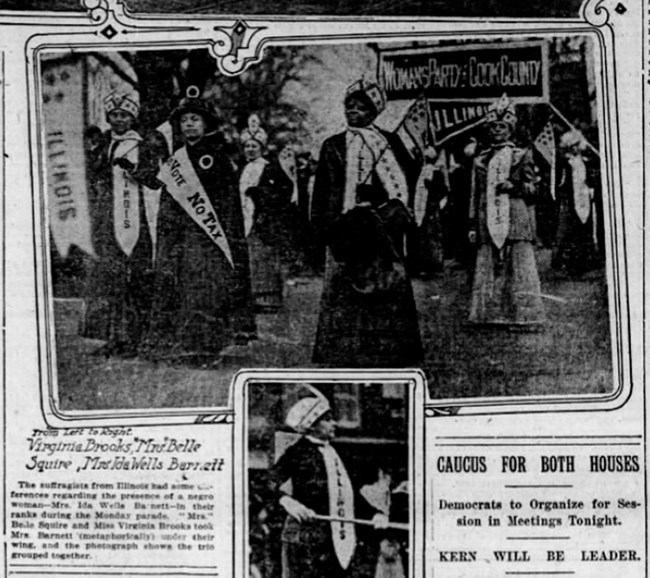
Image from Capper’s Weekly (Topeka, Kansas) 01 August 1914, pg. 3.
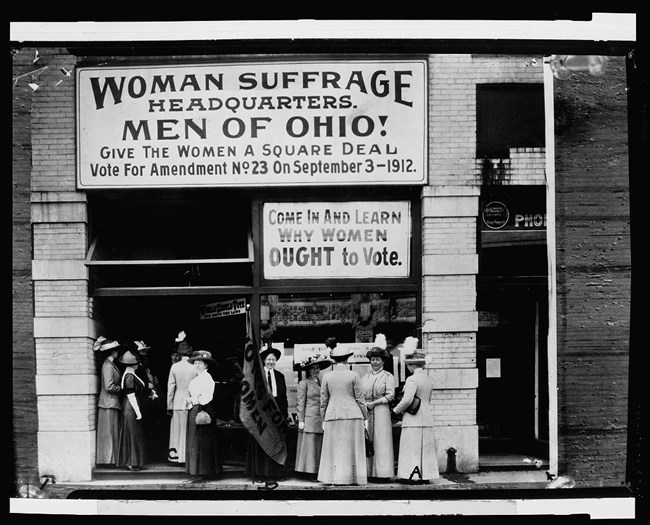
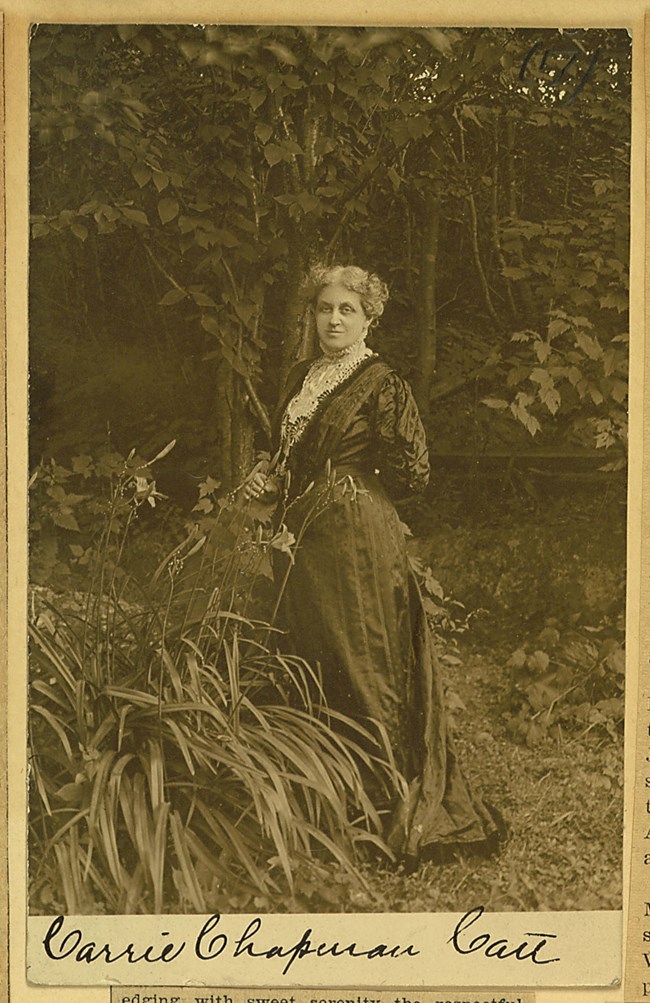
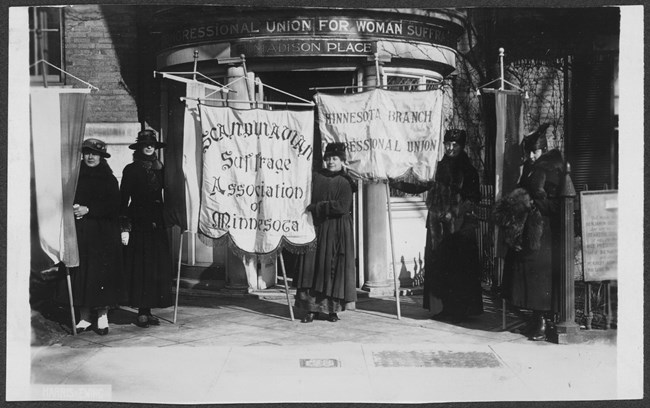
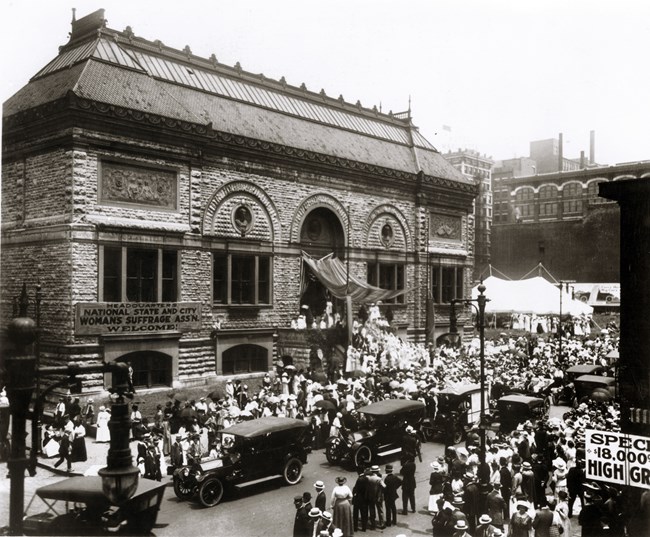
Part of a series of articles titled The 19th Amendment and Women's Access to the Vote Across America.
Previous: Woman Suffrage in the West
Last updated: August 1, 2020